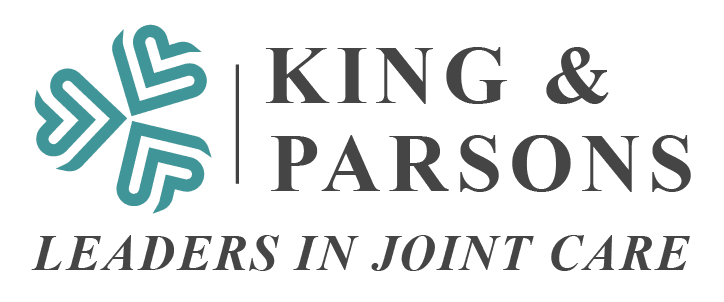A recent meta-analysis looking at prospective studies assessing pain and function after total knee replacement sought to address this question. A meta-analysis is a compilation of data from different clinical research studies that can be used to pool data into large cohorts. This gives additional statistical power to studies by spreading results over many patients, many surgeons and many centers. Studies such as this seek to provide an average glimpse at what patients can expect.
For results of pain relief, this study demonstrated that pain relief continued past one year after surgery but that on average even at 10 years many patients still had mild activity-related discomfort but were much improved over their preoperative status. Function scores changed little between 6 months and one year and did not change very much between 1 and 10 years.
This study indicates that a small percentage of patients continue to report dissatisfaction with their outcome which may be related to unrealistic expectations. It also indicates the improvements in pain relief can persist for more than a year after surgery as the healing process matures and patients continue to gain range and strength.
While a meta-analysis is an established method of answering research questions such as this, it is a backwards looking statistics-based approach that does not have significant prognostic value for any given patient. In the future, machine learning and artificial analysis tools can be applied to large data sets to yield predictive results based on a patient’s demographic, diagnostic and preoperative function scores. Such tools have already been applied to shoulder replacement and allow patients and surgeons to forecast what they can expect for pain relief and return of function over a period of years. These tools can also predict which patients are more likely to experience complications or poor outcomes based on preoperative patient-specific factors.
Our AVATAR process for total joint replacement is designed to synthesize the best implants, techniques and other assets to accelerate recovery and maximize outcomes after surgery. While we cannot guarantee a perfect outcome for all patients, our experience, technique standardization, patient navigation and close follow are all designed to not let anything fall through the cracks and reduce the likelihood of unsatisfactory outcomes.














